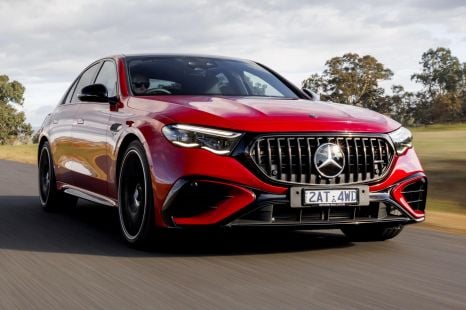

Max Davies
5 Days Ago

Marketplace Editor
The next-generation Kia Niro will be here before the end of June.
Hybrid and electric (EV) versions of the eco-friendly crossover will be available in both entry-level S and new GT-Line flagship trim levels.
GT-Line versions of the Niro Hybrid (HEV) and Niro EV will also debut Kia Connect for the Australian market, a net-based telematics system that brings online functions and remote services to the infotainment system and Kia Connect smartphone app.
As previously reported by CarExpert, the Niro Plug-in Hybrid will not form part of the launch family. Kia has confirmed it’s been homologated for Australia, in case the market suddenly demands a PHEV.
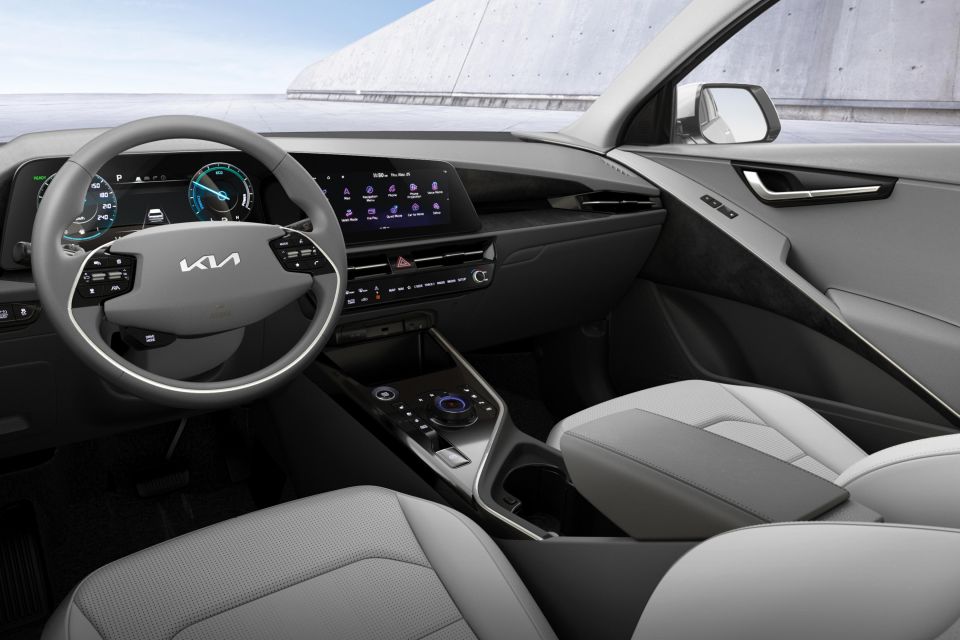
Niro HEV and EV GT-Line models will feature:
Niro EV GT-Line also adds:
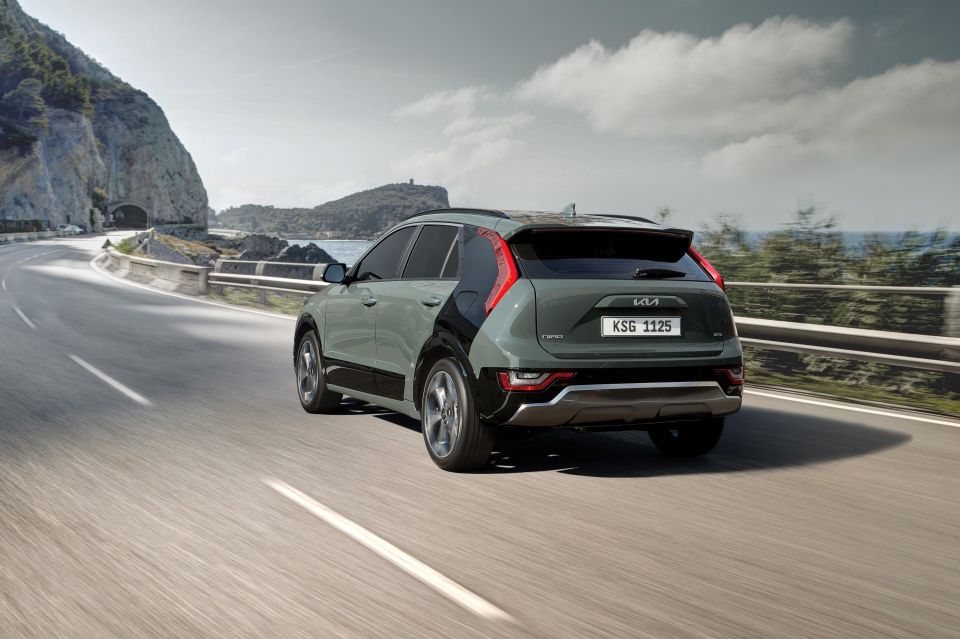
Kia Connect (GT-Line only) includes:
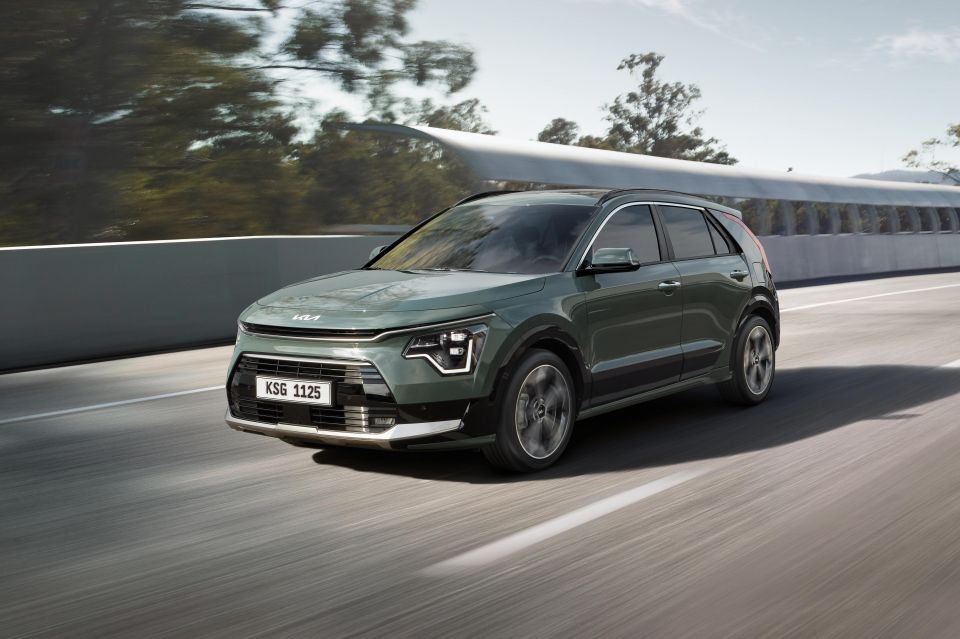
Power in the Niro Hybrid (HEV) comes from a 1.6-litre naturally-aspirated direct-injection petrol engine “featuring improved cooling, friction and combustion technologies”, teamed with an electric motor and lithium-ion battery pack.
On its own the petrol engine makes 77.2kW and 144Nm, while the e-motor develops a quoted 32kW. Together, the power sources combine for outputs of 104kW and 265Nm – identical to the outgoing model, despite the developments.
Drive is channelled to the front wheels through a second-generation six-speed dual-clutch automatic, which the company says “has been carefully engineered and optimised to increase efficiency and reduce weight”.
Fuel consumption is rated at a thrifty 4.0L/100km on the combined cycle. The previous model used 3.8L/100km in base S trim and 4.4L/100km in high-grade Sport guise.
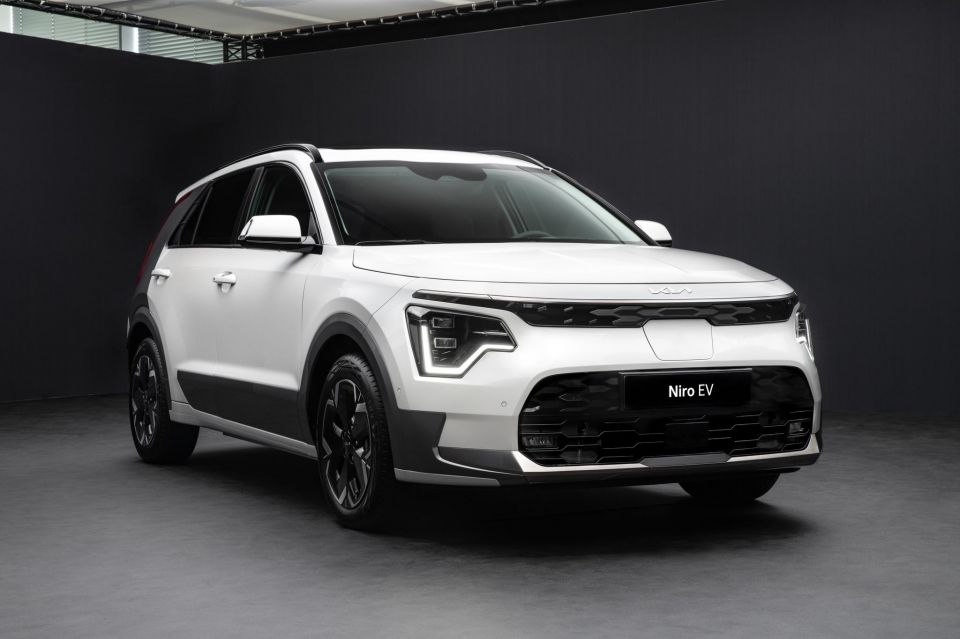
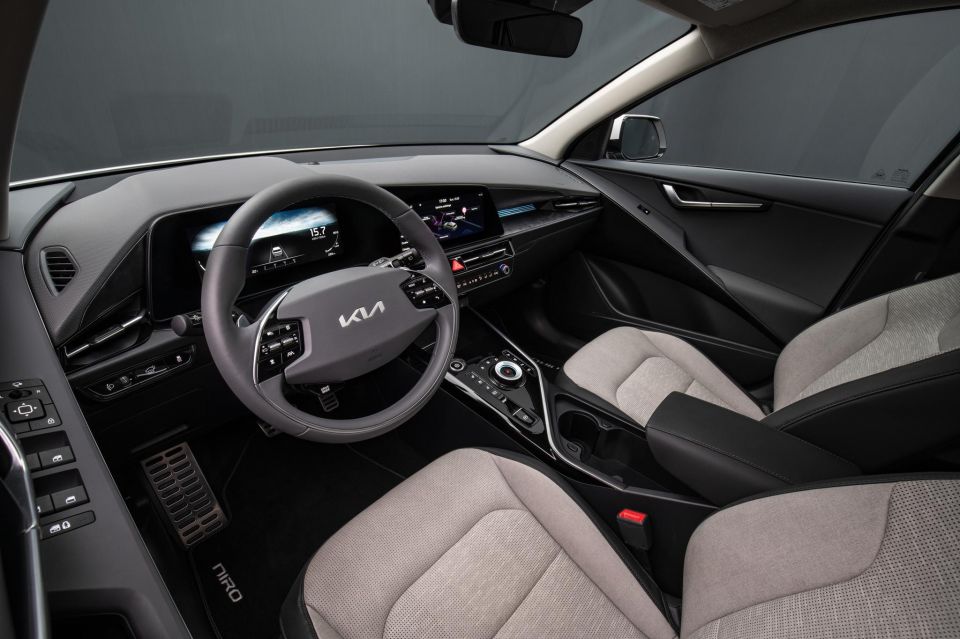
The new Niro EV, meanwhile, swaps out the oily bits for a 150kW/255Nm electric motor with single-speed transmission, hooked up to a 64.8kWh battery pack.
Like the Niro Hybrid, the EV is front-wheel drive only.
Kia claims the new Niro EV can travel 460 kilometres on a charge, a 5km improvement on the previous-generation model, though interestingly peak torque is some 145Nm down on the old car.
Like its predecessor, the EV offers a regenerative braking system with selectable levels of energy recuperation, as well as an adaptive mode that uses radar and road gradient information to calculate the amount of regen require.
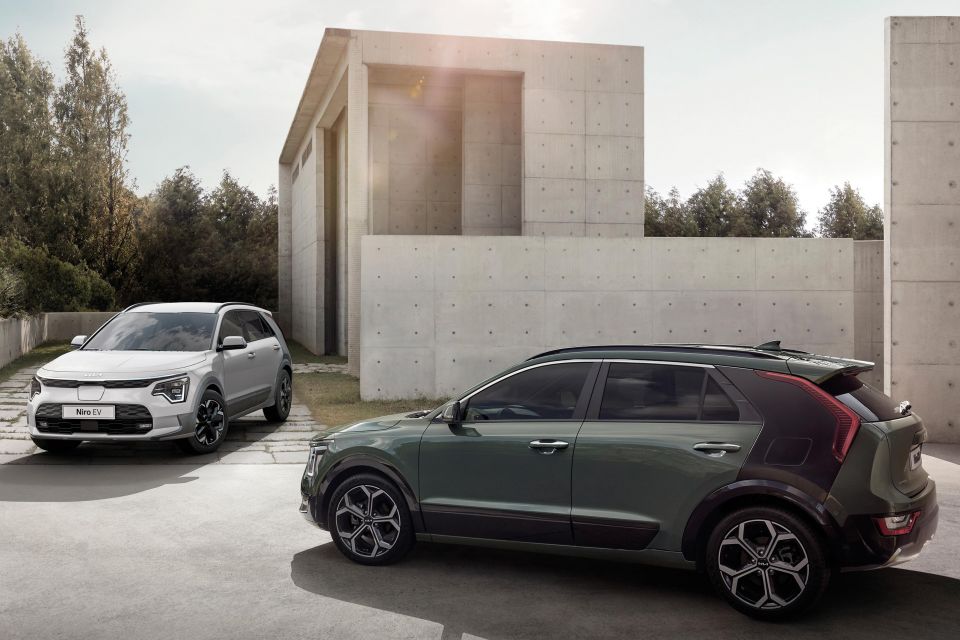
Full pricing and specifications for the new-generation Niro family will be detailed closer to launch later this month.
While Kia will no doubt be looking to increase the Niro’s market share locally, initial supply at launch will be relatively tight at around 100-150 units per month.
The company expects GT-Lines to account for the bulk of sales, with a skew to the Niro EV GT-Line.
Stay tuned to CarExpert for all the latest, and let us know your thoughts in the comments.

Click the images for the full gallery
MORE: Everything Kia Niro
Take advantage of Australia's BIGGEST new car website to find a great deal on a Kia Niro.
James is an automotive journalist based in Melbourne, Australia. Before joining CarExpert.com.au in 2020, James has worked at leading auto media outlets including Carsales and CarAdvice, as well as at Pulse agency for Ford Australia's communications team. In 2019 James made Mumbrella's 'Top 20 most prolific web authors in Australia' list after publishing 1,360 articles between March 1, 2018 and February 28, 2019 for CarAdvice. James is also an Ambassador for Drive Against Depression – an Australian charity whose mission is to support mental wellness through the freedom of driving and a shared love of cars.


Max Davies
5 Days Ago
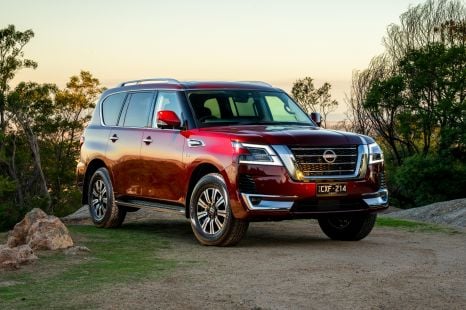

James Wong
4 Days Ago
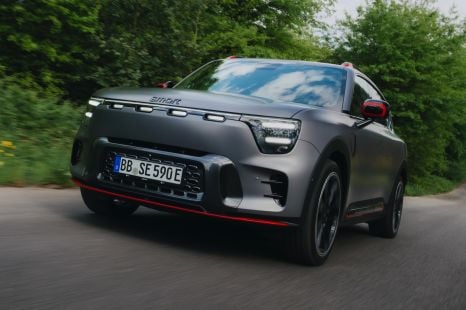

James Fossdyke
3 Days Ago


Gautam Sharma
2 Days Ago
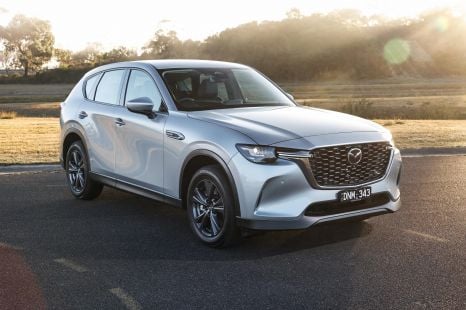

Josh Nevett
19 Hours Ago
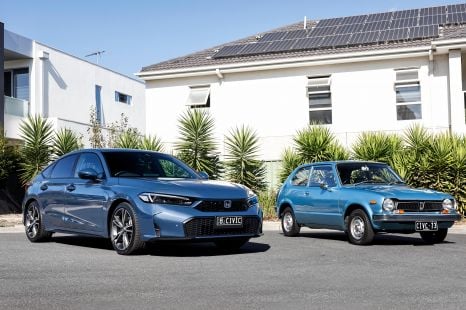

CarExpert.com.au
18 Hours Ago